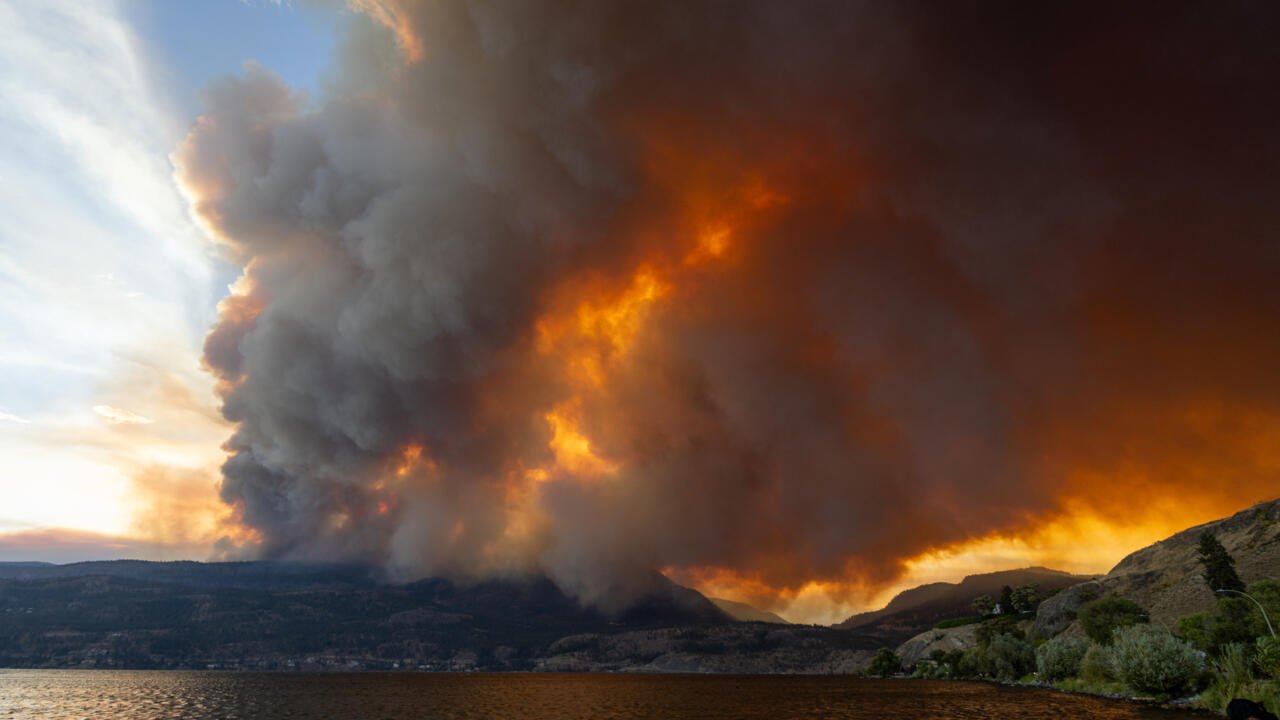Canada is grappling with an intense wildfire season in June 2025, with over 200 active fires scorching provinces like Manitoba, Saskatchewan, Alberta, and British Columbia. The Canadian Interagency Forest Fire Centre reports that half of these fires are “out of control,” burning nearly 2 million hectares (4.9 million acres) so far. The Summit Lake fire near Highway 97 in British Columbia has shown aggressive growth, while Flin Flon, Manitoba, and La Ronge, Saskatchewan, face pre-evacuation notices. Smoke from these fires has blanketed parts of Canada, the U.S., and even reached Europe, prompting air quality warnings in cities like Toronto, Montreal, and Winnipeg.
The human toll is significant, with at least 33,400 people evacuated from their homes across three provinces. In Manitoba, the Royal Canadian Air Force assisted in airlifting residents from Norway House on June 3. Saskatchewan Premier Scott Moe warned of “challenging days ahead,” as dry conditions and high winds fuel the fires. The federal government has pledged to match donations to the Canadian Red Cross to support relief efforts. Experts attribute the early and severe fire season to warmer, drier conditions, with June being a critical month for forecasting the rest of the season. NASA satellite data shows four times as many fire hotspots this June compared to the average, signaling a potentially record-breaking year.
The environmental and health impacts are alarming. Smoke has created hazardous air quality in Winnipeg and Fort Smith, with levels in the “very high risk” range. In the U.S., states like Michigan and Minnesota are also affected, while Europe’s Copernicus Atmosphere Monitoring Service noted transatlantic smoke transport. Atmospheric scientist Djordje Romanic from McGill University emphasized the need for communities to stay informed about air quality advisories. Canada’s worst wildfire season in 2023 saw 37 million acres burned and eight firefighters killed, and 2025 is shaping up to be similarly devastating without significant rainfall.




